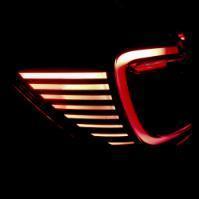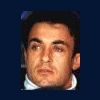La (tragicomica) rassegna stampa di Autopareri
-
Contenuti simili
-
- 5 risposte
- 854 visite
-
- 262 risposte
- 47013 visite
-
Furgone a -80° C? 1 2
Pubblicato da 1happydream,
- bufala finto trasporto vaccino
- bufala
- (e 5 altri in più)
- 11 risposte
- 7792 visite
-
-
-





.thumb.jpg.902d2a4f20a129e92b6f6920407b81bd.jpg)
















Messaggi Raccomandati:
Crea un account o accedi per lasciare un commento
Devi essere iscritto per commentare e visualizzare le sezioni protette!
Crea un account
Iscriviti nella nostra community. È facile!
Registra un nuovo accountAccedi
Sei già registrato? Accedi qui.
Accedi Ora